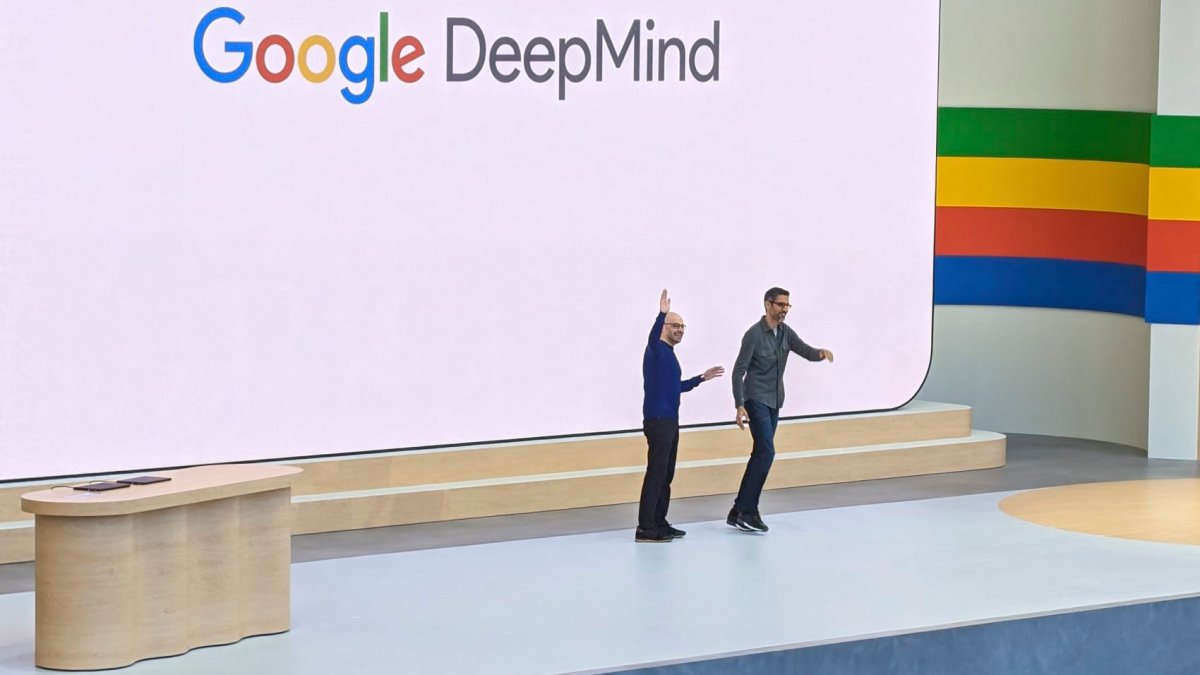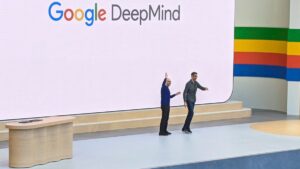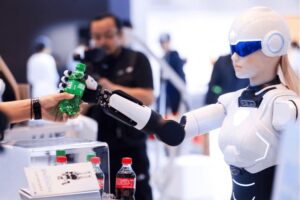DeepMind Plans to Utilize AI Models for Enhancing Physical Robots

Google DeepMind Introduces Advanced Robotics AI Models
Google DeepMind recently unveiled two innovations in artificial intelligence specifically designed for robotics. These models, called Gemini Robotics and Gemini Robotics-ER (Extended Reasoning), are powered by Gemini 2.0, which Google describes as its most advanced AI system yet.
Robotics Meets AI
The release marks a significant step for Google, as it aims to incorporate its artificial intelligence technology into physical robots. Unlike previous models that primarily produced text and images, Gemini Robotics is designed to perform physical actions by issuing commands to robots. This evolution allows robots to engage in tasks previously difficult for machines, making them more functional for real-world applications.
Partnership with Apptronik
Google has teamed up with Apptronik, a robotics company based in Texas, to create the next generation of humanoid robots. Apptronik is known for its impressive work with notable names like Nvidia and NASA. Recently, Google joined in a funding round of $350 million for Apptronik, indicating a strong commitment to advancing humanoid robotics.
Demonstration of Capabilities
In a series of demonstration videos, Apptronik robots showcased their capabilities while using the Gemini AI models. Tasks included plugging items into power strips, filling lunchboxes, moving plastic vegetables, and zipping up bags—all executed in response to verbal commands. However, Google has not yet announced when these technologies will be made available to the general public.
Key Features of AI Robotics Models
Google identifies three main qualities that AI models must possess to be effective in robotics:
- Generalization: The ability to adapt to various situations and environments effectively.
- Interactivity: Quick understanding and response to instructions or changes around them.
- Dexterity: The capability to manipulate objects similarly to how humans use their hands and fingers.
These features are crucial for robots to operate seamlessly in day-to-day activities alongside humans.
Gemini Robotics-ER for Research and Development
The Gemini Robotics-ER model is specifically tailored for developers and researchers in the robotics field. This model serves as a foundational platform for them to train and refine their own AI systems. It is available to Apptronik and select other trusted testers, including Agile Robots, Boston Dynamics, and Enchanted Tools.
The Broader AI Robotics Landscape
Google is not the only company exploring the integration of AI in robotics. In November, OpenAI made headlines for investing in Physical Intelligence, a startup dedicated to merging general-purpose AI with robotics. This endeavor aims to develop large-scale AI models and algorithms to enhance robotic functionality significantly.
Additionally, OpenAI has brought on board the former head of Meta’s augmented reality glasses initiative to oversee its robotics and consumer hardware projects. Furthermore, Tesla is also making strides in humanoid robotics through its venture with the Optimus robot, showcasing the competitive nature of this growing industry.
Vision for the Future
Sundar Pichai, Google’s CEO, expressed his vision about the role of robotics as a practical testing area for AI advancements applied in the physical realm. He emphasized that the robots powered by Google’s multimodal AI will be capable of adapting and making adjustments in real-time, enhancing their functionality in diverse environments.
As the field of AI-enhanced robotics continues to expand, companies like Google, OpenAI, and Tesla are paving the way for a future where robots can perform increasingly complex tasks, influencing various sectors from personal assistance to industrial automation. The integration of advanced AI into robotics may redefine how we interact with machines and how they assist in our everyday lives.






